All about stained wood

There are many types of wood, each of them has its own properties and characteristics. Some breeds are considered more valuable. However, there is a special material, the value, beauty and strength of which significantly exceed these indicators of all other types. This is stained wood.
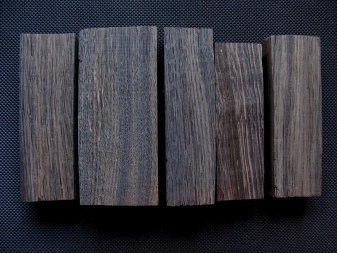
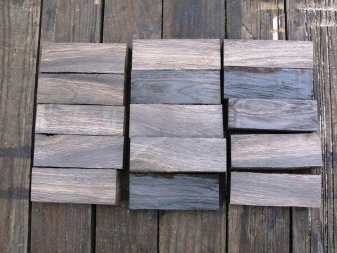
What it is?
This material is quite rare. The fact is that a tree that has been lying at the bottom of a reservoir for many years is called stained (therefore it is also often called a driftwood). There could be a tree that grew on the banks of a river, lake, next to the sea or a swamp and for some reason fell into the water.
And also trees fall to the bottom of large rivers during timber rafting when harvesting material.

Although different types of wood are harvested, not every tree can become stained. Some simply rot when they get into the water.
To acquire special properties, the tree must be under a layer of silt and sand so that oxygen does not flow to it. In such conditions, there may be heavy rocks that quickly sink and end up at the very bottom of the reservoir.
There are stained birch, spruce, pine, aspen. However, the most valuable species are oak and larch.
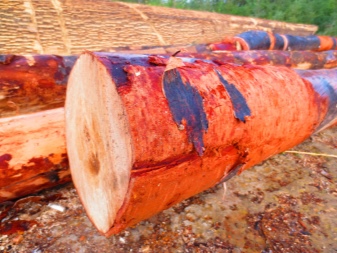
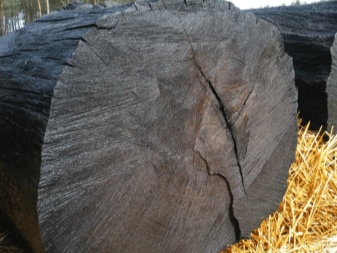
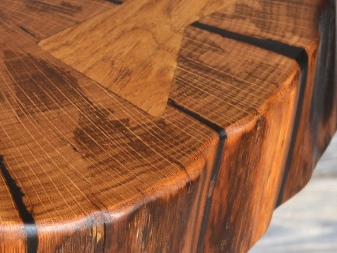
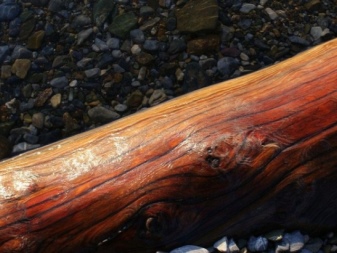
Treated by nature itself, the wood becomes not only very durable, but also acquires a beautiful texture. It takes a very long period of time for this to happen. Experts say that the minimum period is 40 years, the longer the process lasts, the better. For example, an oak that has lain under water for at least 300 years becomes pale yellow, and after 1000 years - black.
The bog oak board will last almost forever.
The best place where the process can take place is the bottom of a swamp or lake, since there is stagnant water in these reservoirs. However, the properties that a tree will acquire in seawater will be no worse.
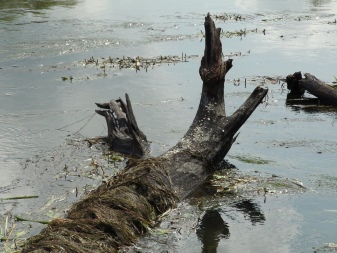
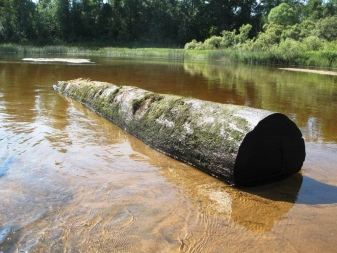
Advantages and disadvantages
Stained wood has many very serious advantages.
- One of the main advantages is extreme hardness and strength, which can be compared with stone ones. Products easily tolerate mechanical stress, it is impossible to leave scratches on them.
- An unusually beautiful texture that is difficult to obtain using artificial methods. In addition, it is also unique. The color and other characteristics are influenced by the conditions in which the tree found itself: mineral ratios of soil and water, temperature and other aspects.
- Resistance to adverse external factors. Stained wood is resistant to high humidity, it is not subject to decay.
- Products are not attacked by pests.
- Exceptional durability.
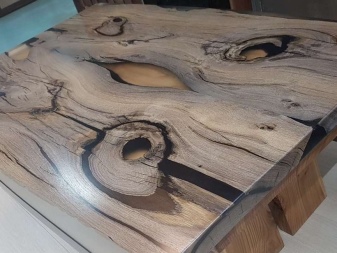

As with any phenomenon, stained wood can have disadvantages. In some situations, the merits of the material turn into them.
- Due to the acquired properties (strength, uniqueness, beauty), the material becomes extremely expensive: the price is expressed in tens and hundreds of thousands of rubles and can reach up to a million per cubic meter.
- Due to the highest strength and hardness, the material is difficult to process further; special equipment and tools are required.
- Certain requirements are imposed on the preparation of the material for processing. The wood removed from the water must be properly dried. This is done without fail in natural conditions, the process takes about a year.
- Removing wood from water is a difficult and time-consuming procedure.Special equipment and the involvement of scuba divers become necessary. These factors also affect the final cost of the product.
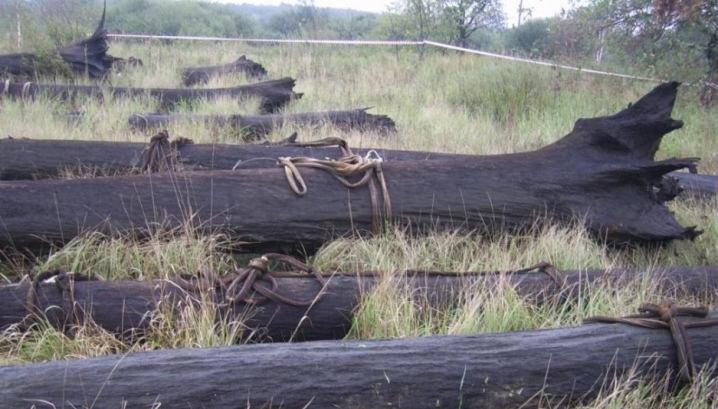
How is it made?
Due to the long-term nature of natural processes, we cannot talk about the production of natural stained wood.
However, artificial staining can be used to protect the material from harmful environmental factors and improve its decorative characteristics and consumer qualities.
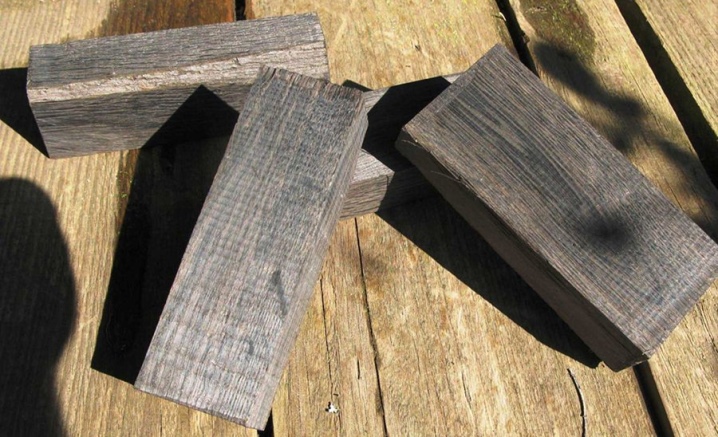
For this, special chemical compounds are used: stains. The furniture and construction industries use this method extensively. As a result, the material acquires good properties, but its cost remains quite acceptable.
You can use the method yourself at home. The use of special formulations will prevent the development of rotting, fungal mold. And also the compositions will extend the operational life of the product, protect against insects.
To choose the appropriate method, you must first get acquainted with the types and properties of wood stains and the technology of their application.
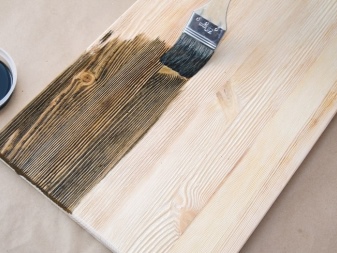

Stains are:
- water based;
- alcohol;
- oil;
- wax;
- acrylic.
Each type of substance has its own characteristics and nuances of application. Application is done in the following ways:
- trituration;
- spraying;
- with a brush or roller.
The choice of method depends on the type of wood. Oil impregnation is considered the least demanding and easy to use. Even an inexperienced worker can use it.
Impregnations based on wax and acrylic are more environmentally friendly and also fireproof.
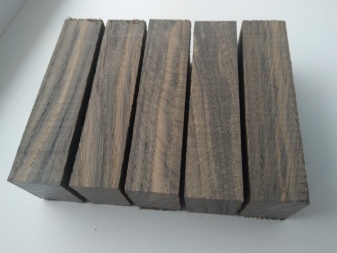
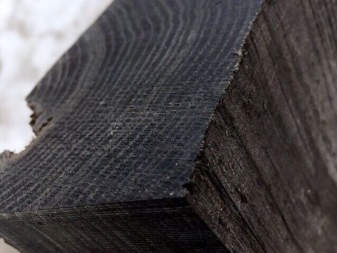
Small parts can be immersed in containers with substances. Regardless of the method chosen, certain recommendations should be followed.
- Before applying the composition, the surface must be prepared. The procedure includes cleaning from dirt and dust, the previous layer of varnish-and-paint coating, sanding. For conifers, resin removal is required. Before grinding, wipe the surface with a sponge soaked in water.
- The stain should be applied in an even, dense layer and wait until it dries.
- Then a second layer is applied. If a certain amount of the substance is not absorbed into the wood, it is removed from the surface.
- When the stain is completely dry, varnish is applied. The dried and sanded varnish is covered with a second layer.
- After the finishing layer of varnish has dried, the surface must be polished.
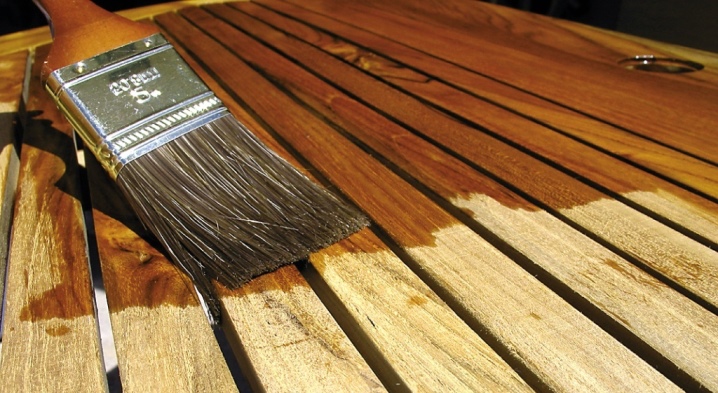
Applications
Stained wood can be used in various fields of activity.
- In construction, it is used to make interior items and interior decoration: window sills, doors, wall panels, floor coverings. It is perfect for installing a ladder.
- The material is no less widely used in the manufacture of furniture. Often, chic antique items can be seen in museums.
- Quite often, exclusive material is used to make souvenirs and decorative crafts. And also it can be seen in the decoration of the interiors of expensive cars.
- Substandard waste is used to produce high quality charcoal.
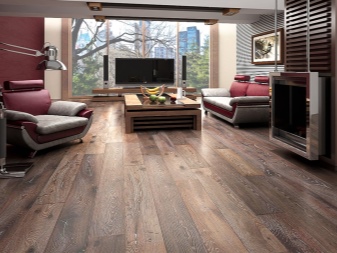

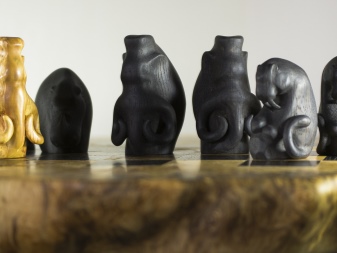
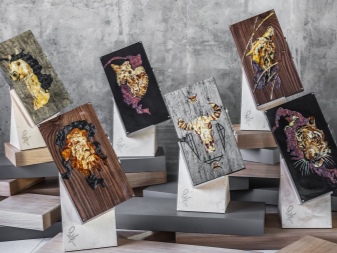













The comment was sent successfully.